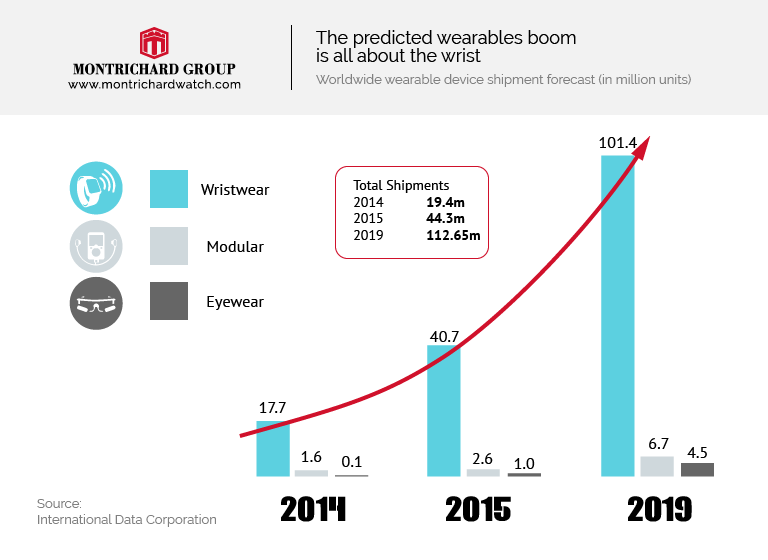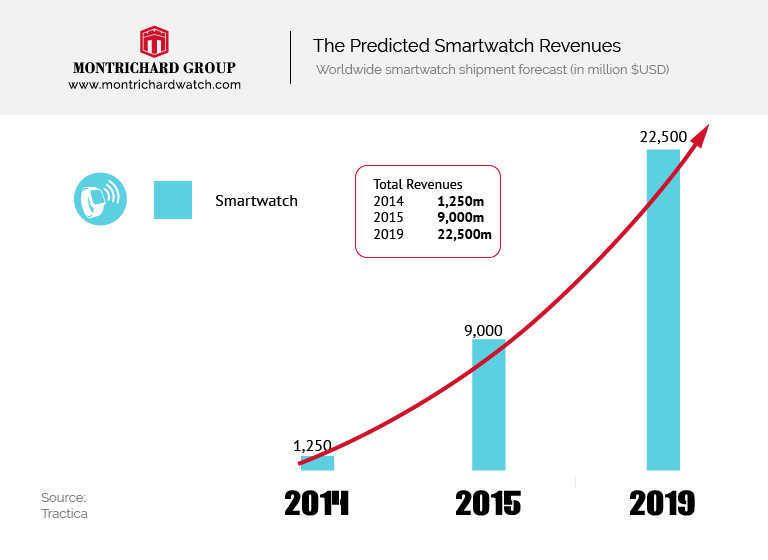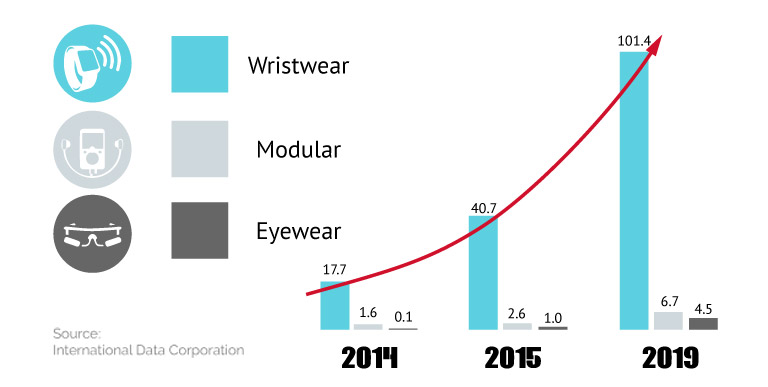A few short years ago smartwatches and wearables arrived with much fanfare. Touted as the ‘next big thing’ consumers were soon assaulted with a dizzying array of choices and functionalities. Features often took priority over design or fashion and the industry had its share of stumbles as it tried to find its feet, looking for the perfect mix of form and function that would satisfy tech-hungry shoppers and fashion conscious consumers.
Some early winners hit the scene spectacularly only to find themselves disappearing quietly into obscurity just a few years later (I’m looking at you Pebble). While other feature-lean devices with excellent functional practicality such as Fitbit and other activity trackers stayed the course.
Beyond the wrist, a multitude of wearables powered by the new low-energy version of Bluetooth finally freed the hardware from battery issues while seemingly endless choices in personal data apps engendered a new class of products that made everything ‘smart’ from eyewear to underwear.
Now that the dust has cleared, the recent success of the Apple watch and high-end hybrid watches from traditional makers Tag Heuer and Swatch are showing massive growth potential and demonstrate the fact that the future of wearables remains securely on the wrist – utilitarian activity and fitness trackers, full function digital watches with phone integrations and most interestingly, hybrid watches that combine the style of analogue with the convenience of essential digital information.
As expected, the majority of wearables will remain on the wrist and by 2019 will outpace other wearable devices by a factor of 10.

One thing is clear, smartwatches and wearables are here to stay and even if the industry is still experiencing growing pains while working itself through an awkward adolescence, the future is very bright. Early adopters are still enthusiastic while regular consumers are warning to the 2nd generation of wearables with more seamless connections and better functionalities. Conservative outlooks show wearables revenue estimated at over $22 Billion USD by 2020.

Health and fitness remain a dominant segment of smart wearables with activity tracking and personal health data the main benefit.But as sensor capabilities advance fast, huge opportunities are on the horizon for these devices to have real value in professional health and medical care.
Apple is expected to continue to drive the industry with robust new features that appeal to the tech-inclined while Swiss traditional watchmakers are taking a different approach, creating mid-priced hybrid watches that retain traditional analogue timekeeping while adding selected digital integrations such as activity tracking and call alerts. This development is a key indicator as it addresses a segment of the market that wishes to keep the tech on the backend and wear a watch that better blends with personal fashion and lifestyles.
In spite of a rough start, the smartwatch and wearables industry is gaining momentum at an encouraging rate. It’s certain that a profound opportunity exists for brands to begin exploring and evolving into the smartwatch market to gain a head start against competitors and build for an inevitable digital future.






